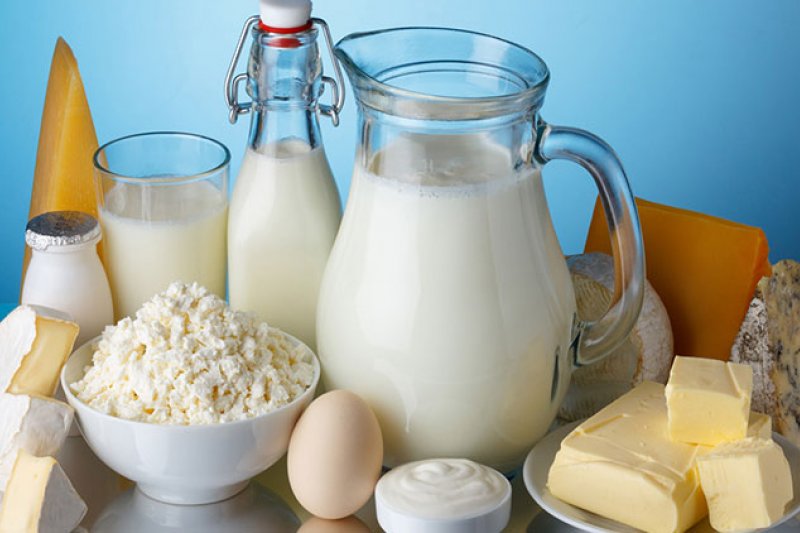Dairy Prices Hike, Market Risks Lack of Products
From the beginning of September, the prices of dairy products have increased to alarming levels. Cow's milk and its products are experiencing the highest cost, due to the decrease in production.
Producers claim that there are a number of chain factors that are influencing the high price increase, from the decrease in the number of cow farms to the cost of feed, packaging materials, glass and plastic and the departure of farmers to emigration. Open cow's milk sold individually by farmers in grocery stores in Tirana from September 1 increased by 23% (from 130 ALL/1.5 L to ALL 160). Xhevair Alushi from the village of Zall Herr in Tirana told Monitor that the reason for the price increase is the 50% increase in the price of nutrients and the high price of fuel for transportation.
"The cost of keeping cows is unaffordable. Out of 10 cows that I had on the farm in the summer, I currently have 7 cows. With the high prices of the nutrient, keeping them is not worth it. Also in terms of cost, we are also very affected by the high increase in the price of oil", says Xhevairi, the supplier of milk for 3 markets in Tirana. Natural cow yogurt of the "Morava" brand has become more expensive by 27%. From 220 ALL/liter of yogurt packaged in a glass vase that cost in July, its price at the beginning of September has reached 280 ALL. The price of yogurt also increased at the beginning of July by about 16% (from 220 ALL/L to 255 ALL). There was also a high demand for open cow's butter. Its price from September increased by 33% (from 600 ALL/kg to 800 ALL).
Fabiol Morava, the administrator of the milk processing plant, told Monitor that the price increase was influenced by 3 factors, the increase in the price of milk, glass jars and the increase in the profit margin of supermarkets.
"The price of milk from ALL 45 with VAT that was before from farmers, we are currently buying it at ALL 100 per liter. Glass vases and corks have become more expensive by 65% ??from ALL 40 that used to cost a vase, we are currently buying it for ALL 65. In addition, supermarkets have also increased their profit margins," he says. Livestock continues to decline and the number of heads decreases daily. According to INSTAT data for 2021, the number of goats in the country decreased by 3% compared to 2020, the number of sheep decreased by 5%.The representative of the Morava factory points out that the drop in milk production was influenced by the decrease in the weight of farms, due to emigration and the increase in the price of nutrients. The crisis is expected to continue until there is a shortage of products.
"There is currently a high shortage of some cow's milk products in the market, such as cheese as there is no high milk production. In addition to the increase in prices that will not stop, there is also a risk of a lack of them in the market, since there is no production of cow's milk, there are no stored products", adds Fabiol Morava. According to INSTAT data, in 2021, the accumulated amount of cow's milk decreased by 7.4% compared to 2020, while the accumulated amount of sheep's and goat's milk increased by 26.3% and 8%, respectively. While imports of milk for 2021 appear with an increase of about 43% more than 2020. 56% of the total milk abroad is taken up by imports from Italy, 16% of milk comes from Serbia, 14% from Bosnia-Herzegovina and the rest from Kosovo, Macedonia and other European countries. For 2021, the highest increase in milk imports was from Serbia, 71% more than in 2020. So the increase in prices is also affecting the decrease in consumption. The consumer tendency in this period is to give up expensive products, replacing them with cheaper items. According to INSTAT, since March, the Consumer Price Index for the sub-group "Milk, cheese and eggs" has started to grow rapidly, which was 10.3% in March and peaked at 22.3% in August, the highest level at least since year 2007, when INSTAT reports the detailed data by groups.
(Source: Monitor)













